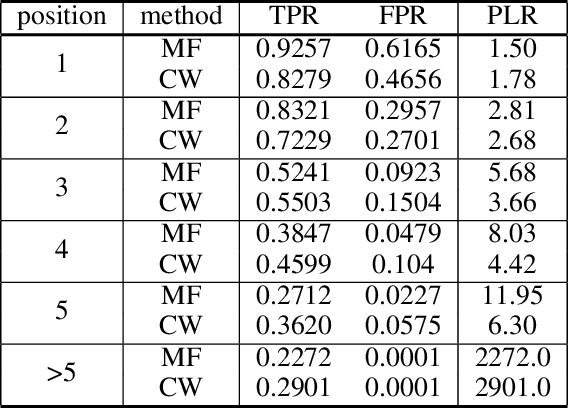Roberto Montemanni
A New Constructive Heuristic driven by Machine Learning for the Traveling Salesman Problem
Aug 17, 2021



Abstract:Recent systems applying Machine Learning (ML) to solve the Traveling Salesman Problem (TSP) exhibit issues when they try to scale up to real case scenarios with several hundred vertices. The use of Candidate Lists (CLs) has been brought up to cope with the issues. The procedure allows to restrict the search space during solution creation, consequently reducing the solver computational burden. So far, ML were engaged to create CLs and values on the edges of these CLs expressing ML preferences at solution insertion. Although promising, these systems do not clearly restrict what the ML learns and does to create solutions, bringing with them some generalization issues. Therefore, motivated by exploratory and statistical studies, in this work we instead use a machine learning model to confirm the addition in the solution just for high probable edges. CLs of the high probable edge are employed as input, and the ML is in charge of distinguishing cases where such edges are in the optimal solution from those where they are not. . This strategy enables a better generalization and creates an efficient balance between machine learning and searching techniques. Our ML-Constructive heuristic is trained on small instances. Then, it is able to produce solutions, without losing quality, to large problems as well. We compare our results with classic constructive heuristics, showing good performances for TSPLIB instances up to 1748 cities. Although our heuristic exhibits an expensive constant time operation, we proved that the computational complexity in worst-case scenario, for the solution construction after training, is $O(n^2 \log n^2)$, being $n$ the number of vertices in the TSP instance.
Machine Learning Constructives and Local Searches for the Travelling Salesman Problem
Aug 02, 2021

Abstract:The ML-Constructive heuristic is a recently presented method and the first hybrid method capable of scaling up to real scale traveling salesman problems. It combines machine learning techniques and classic optimization techniques. In this paper we present improvements to the computational weight of the original deep learning model. In addition, as simpler models reduce the execution time, the possibility of adding a local-search phase is explored to further improve performance. Experimental results corroborate the quality of the proposed improvements.
 Add to Chrome
Add to Chrome Add to Firefox
Add to Firefox Add to Edge
Add to Edge